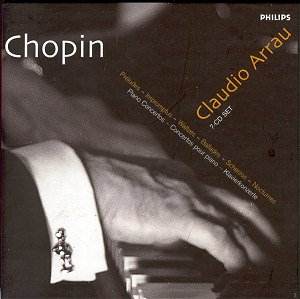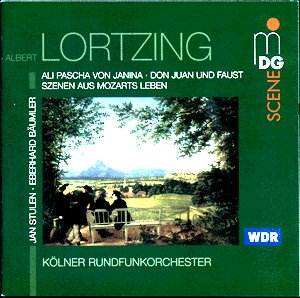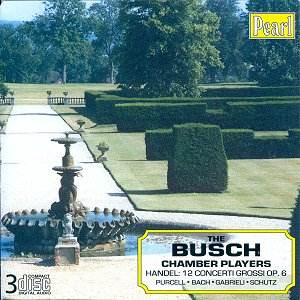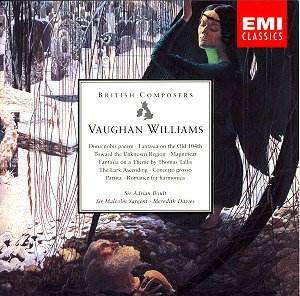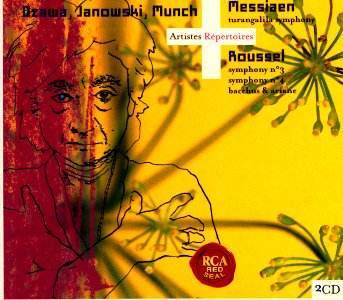 Composer: Olivier Messiaen
Composer: Olivier Messiaen
Works: Turangalîla-Symphony; Albert Roussel: Symphony No. 3; Symphony No. 4; Bacchus et Ariane, Suite No. 2
Performers: Toronto Symphony Orchestra/Seiji Ozawa; Orchestre Philharmonique de Radio-France/Marek Janowski; Boston Symphony Orchestra/Charles Munch
Recording: Recorded in 1967 (Messiaen), 1994 (Roussel), 1952 (Munch)
Label: RCA
The present compilation offers a stunning juxtaposition of works from two distinct composers, Olivier Messiaen and Albert Roussel, showcasing the diverse soundscapes of the early to mid-20th century. Messiaen, whose compositions are steeped in religious fervor and synesthetic color, here presents his monumental Turangalîla-Symphony, a piece that has become emblematic of his style. Written between 1946 and 1948, the work embodies the exuberance of post-war creativity, drawing on themes of love and nature through a lush orchestration that includes the ondes Martenot and piano. Roussel, on the other hand, emerges as a more classical figure, balancing romanticism with modernist sensibilities, particularly in his symphonies, which were written with the intent of expanding the symphonic form while remaining rooted in traditional orchestral textures.
Seiji Ozawa’s interpretation of Messiaen’s Turangalîla-Symphony is a visceral experience that captures the essence of the work’s extravagant nature. The Toronto Symphony Orchestra delivers a powerful performance, showcasing the orchestra’s ability to navigate the complex rhythmic structures and rich harmonic language that define Messiaen’s oeuvre. The opening movement, “L’Introduction,” unfolds with a kaleidoscope of colors, where the strings and woodwinds weave a tapestry of sound that is both ethereal and grounded. The second movement, “Chant d’amour,” features Yvonne Loriod’s piano, whose delicate yet assertive playing provides a striking contrast to the orchestral backdrop. Ozawa’s no-holds-barred approach emphasizes the work’s grand gestures while maintaining an acute awareness of the quieter, introspective moments.
Recording quality, particularly in the RCA release, presents a double-edged sword. The sound is characterized by a bold, front-lit quality that may overwhelm some listeners, yet it undeniably captures the orchestral brilliance and the dynamic range of this expansive work. The engineering choices lend a theatrical dimension to the performance, particularly in the climactic moments of the “Développement,” where the orchestra’s power is fully realized. However, certain sonic peculiarities, such as the distant traffic noise during the concluding section of “Jardin du sommeil d’amour,” momentarily detract from the immersive experience.
In stark contrast, Marek Janowski’s interpretations of Roussel’s Symphony No. 3 and No. 4 reveal a composer whose music is often overlooked yet richly rewarding. The Third Symphony, with its concise 25-minute structure, encapsulates Roussel’s ability to convey depth within brevity. The first movement’s driving rhythms propel the work forward, while the second movement, marked by emotional intensity, builds to a climactic point that is both moving and triumphant. Janowski’s collaborative effort with the Orchestre Philharmonique de Radio-France brings out the colorful orchestration inherent in Roussel’s style, particularly in the vibrant woodwind passages that dance playfully throughout the symphony.
Roussel’s Fourth Symphony, while perhaps less immediate than its predecessor, continues to showcase his unique voice, demonstrating a deft command of orchestral color and thematic development. The finale effectively synthesizes the ideas presented throughout the work, concluding with a satisfying resolution that feels earned rather than abrupt. Charles Munch’s recording of Roussel’s Bacchus et Ariane, while originating in an earlier era, retains a freshness that belies its age. The Boston Symphony Orchestra’s performance is notable for its lyrical execution, though some string passages lack the polish one might expect from a modern recording. Nonetheless, Munch’s interpretation captures the essence of Roussel’s ballet with a combination of vigor and sensitivity.
The compilation as a whole serves as an impressive testament to the artistic achievements of both Messiaen and Roussel, showcasing their distinct voices within the symphonic tradition. While Messiaen’s work may polarize listeners with its extravagant emotional landscape, Janowski’s interpretations of Roussel offer a compelling argument for the latter’s place within the symphonic canon. This collection not only reaffirms the enduring power of these compositions but also highlights the remarkable artistry of the orchestras and conductors who bring them to life.
